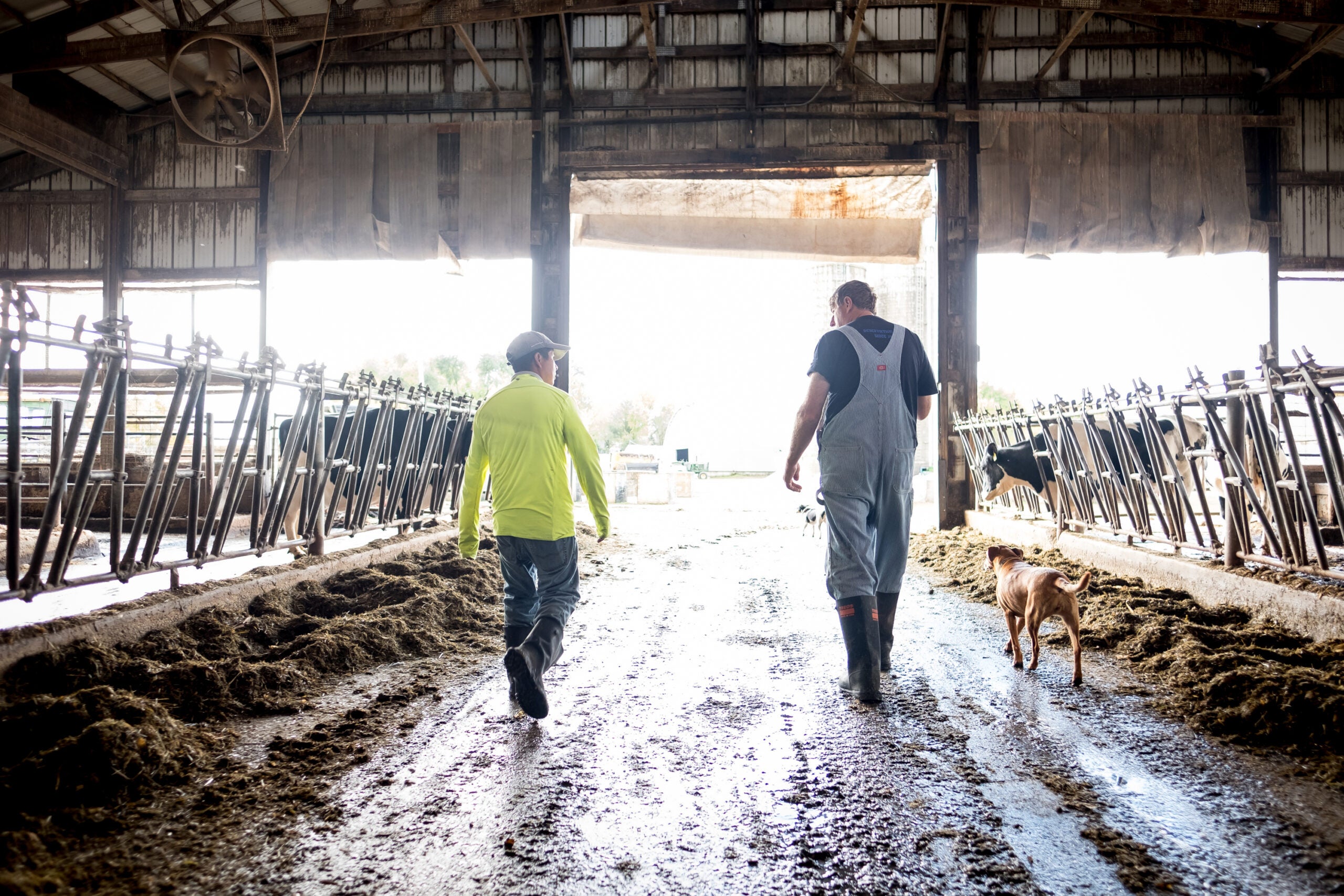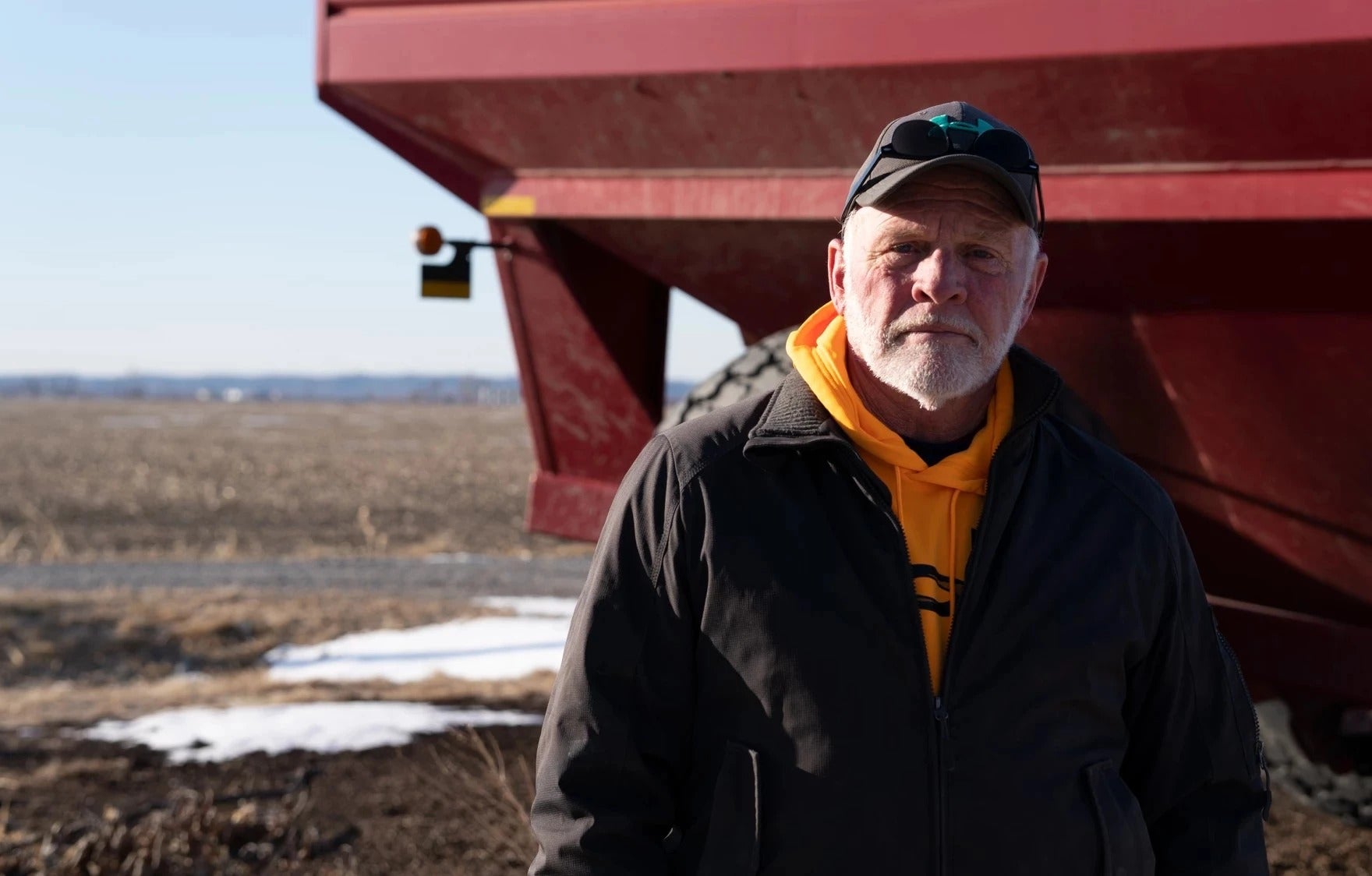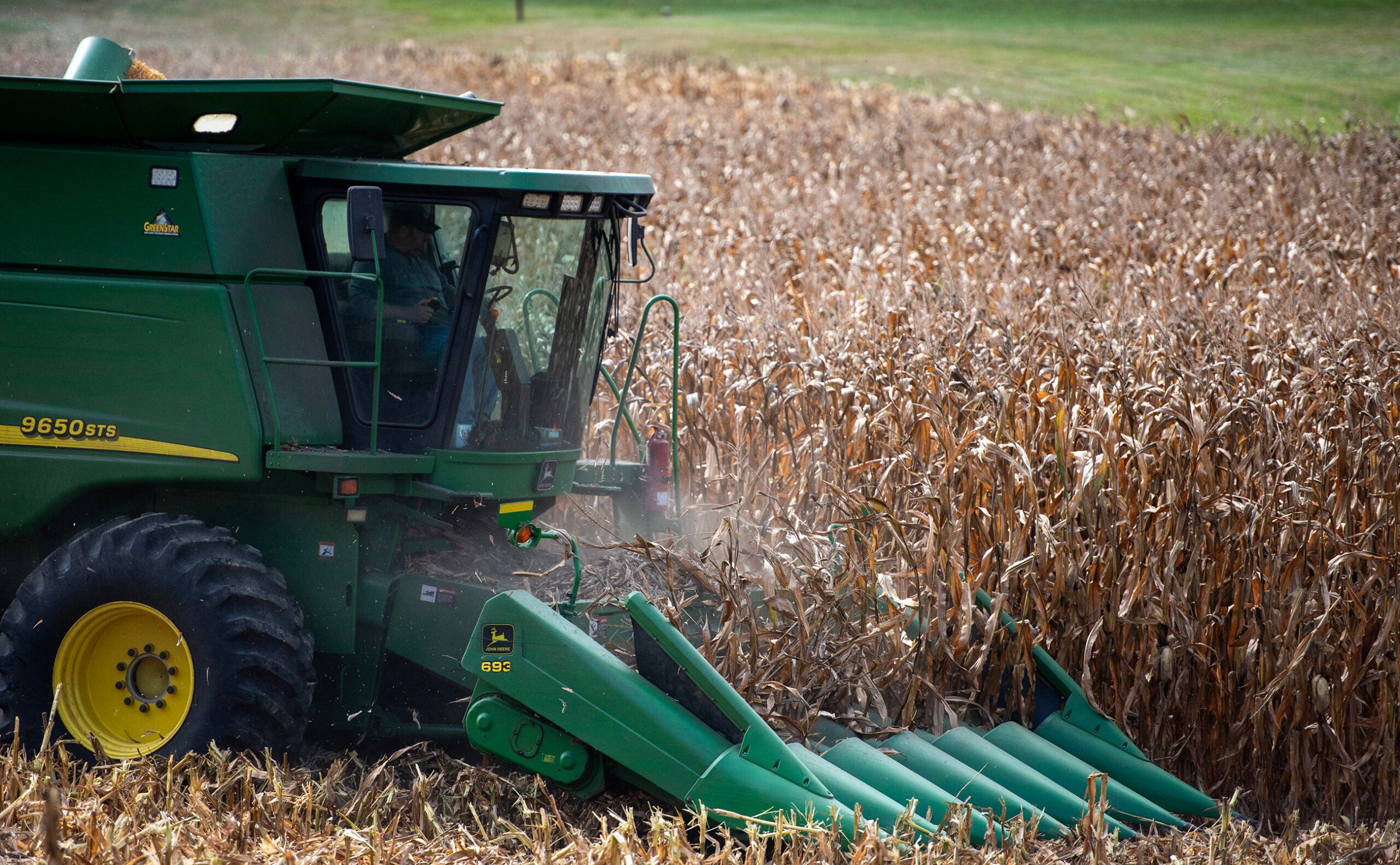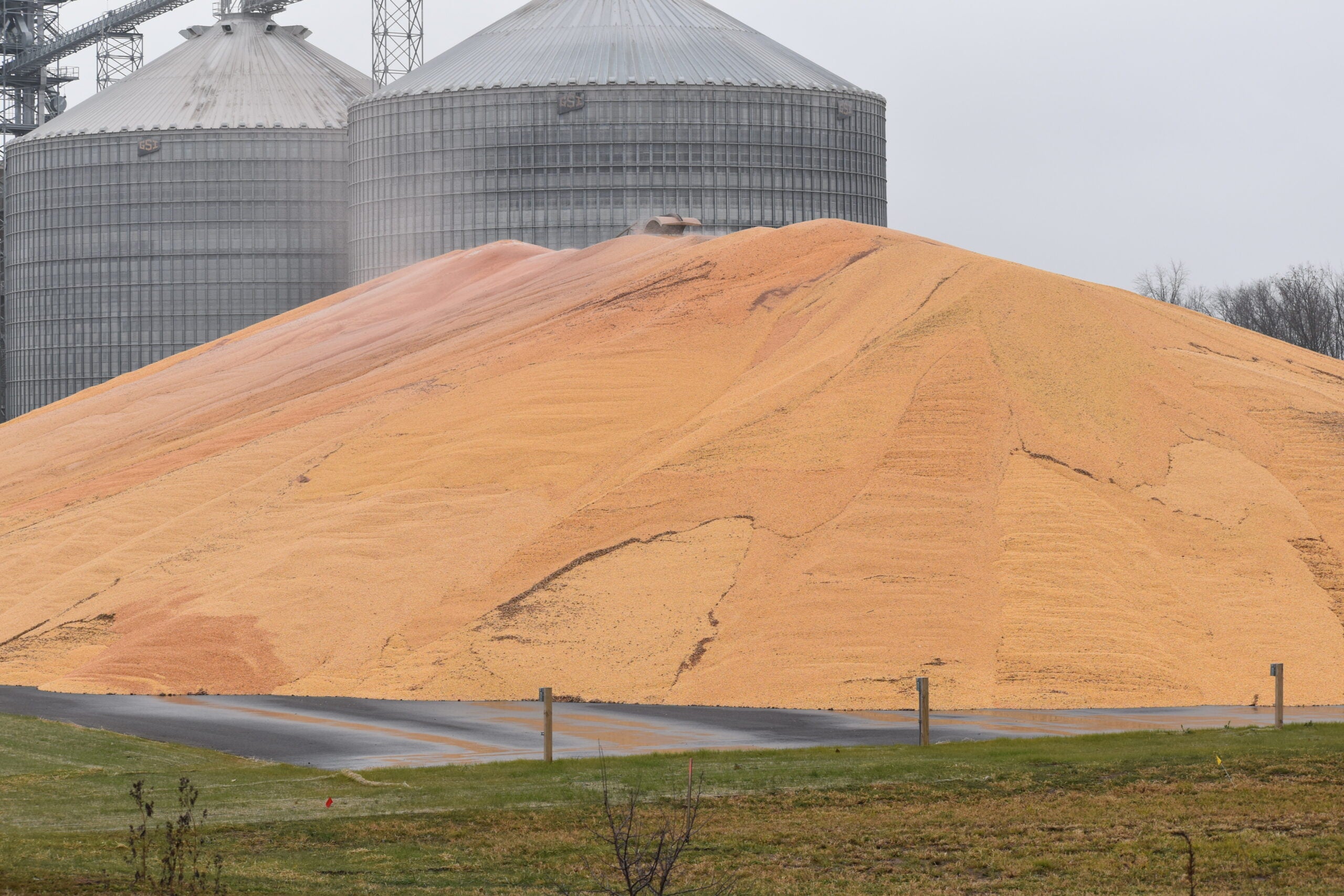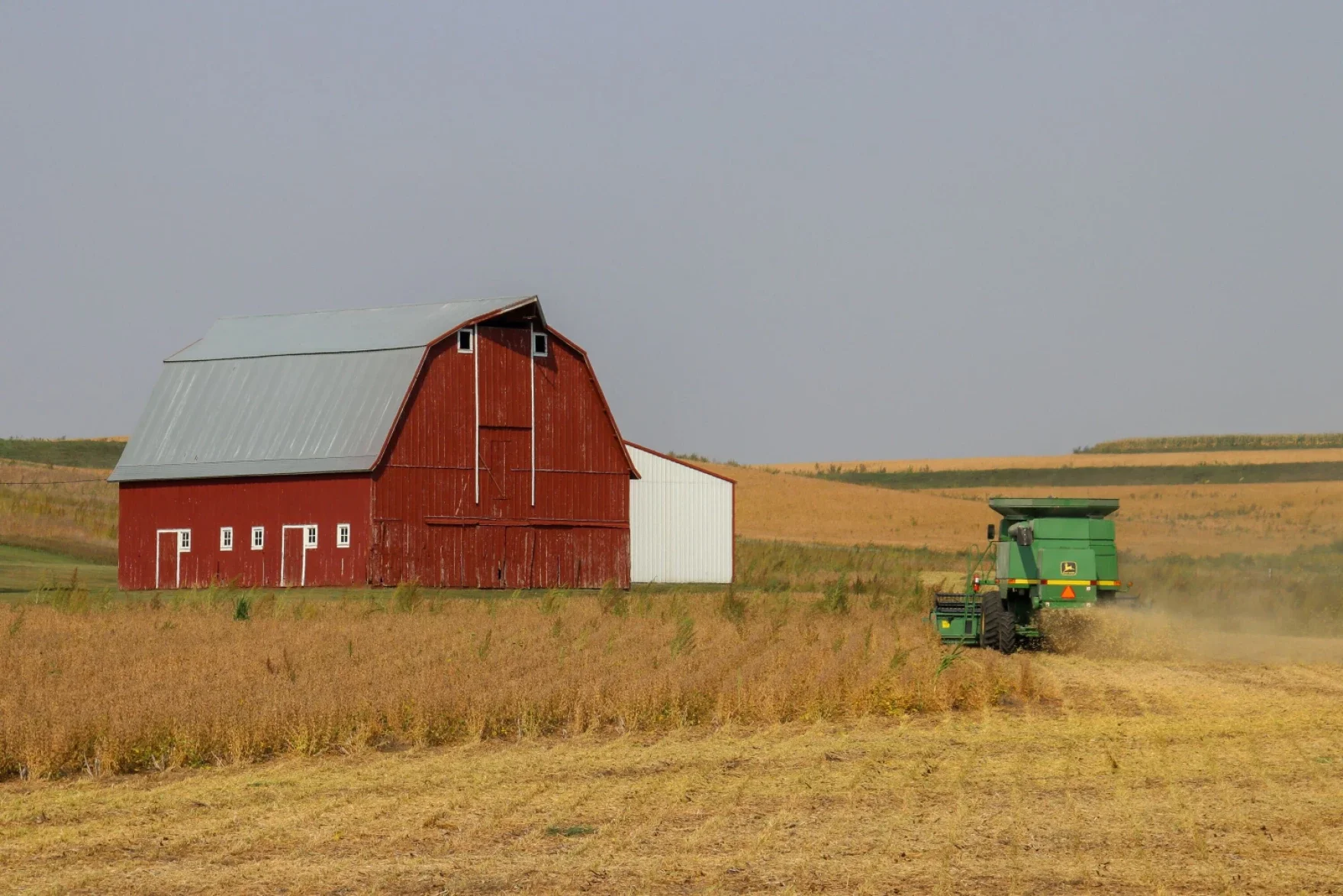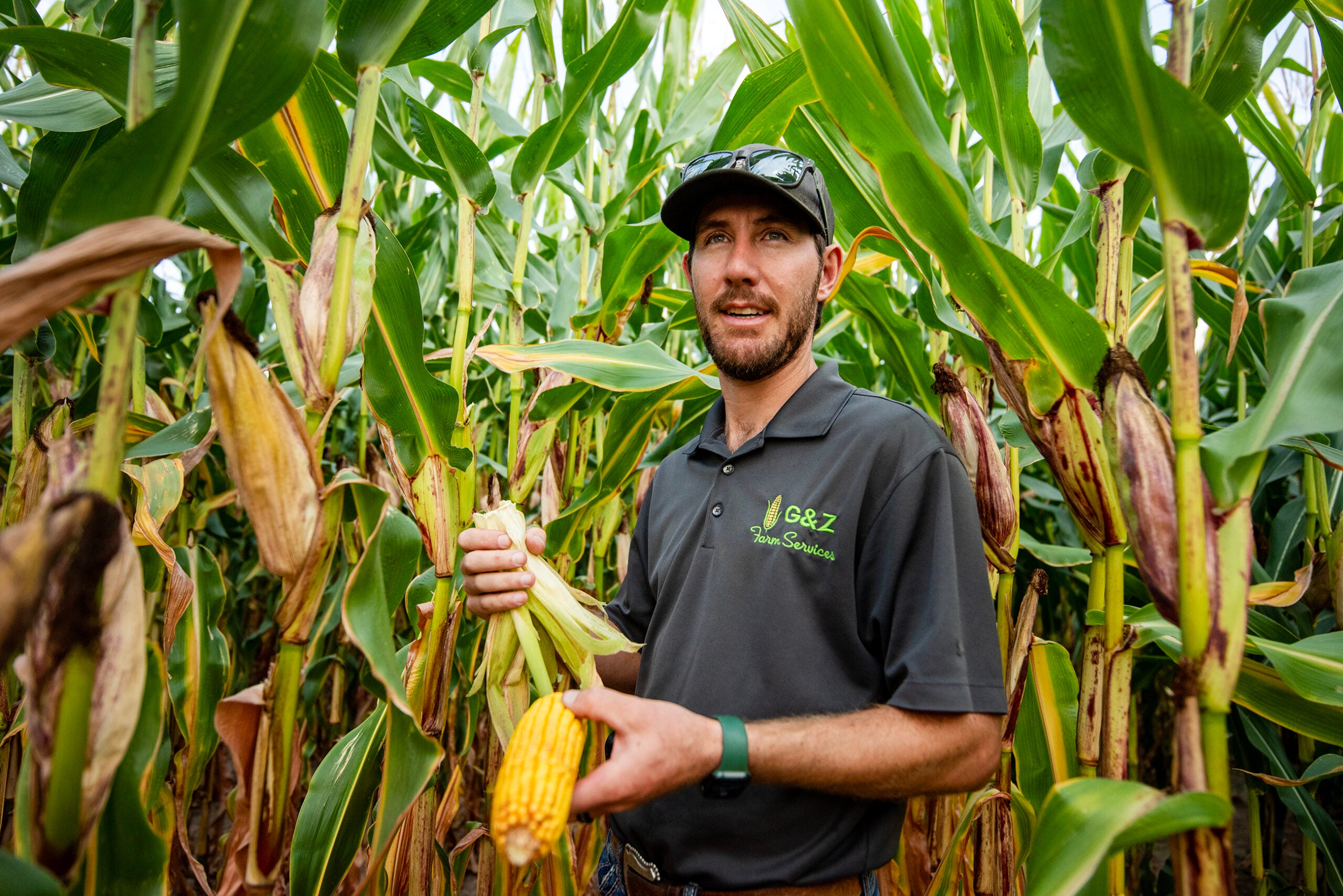Some Wisconsin farm economists say the state’s coronavirus aid program likely helped farmers who are typically left out of federal farm subsidies.
The Wisconsin Farm Support Program was created by Gov. Tony Evers to distribute $50 million in direct payments to farmers affected by the pandemic.
The program distributed $41.6 million to nearly 12,000 producers in July. After receiving fewer-than-expected applications, each farmer who qualified received the full payment of $3,500.
News with a little more humanity
WPR’s “Wisconsin Today” newsletter keeps you connected to the state you love without feeling overwhelmed. No paywall. No agenda. No corporate filter.
Grant County had the most payments in the first round, with 745 producers receiving almost $2.61 million in total.
Dane County farmers received a total of $2.03 million and Dodge County producers received $1.71 million of the program’s funds. Marathon and Lafayette counties were the next highest, with $1.6 million and $1.35 million.
Paul Mitchell, director of the Renk Agribusiness Institute at the University of Wisconsin-Madison, said the list is not surprising given the geographic size of the counties and the number of farmers located there.
He pointed out that Dane, Grant and Marathon Counties have the highest numbers of farms in the state, according to the 2017 Census of Agriculture from the U.S. Department of Agriculture.
“Those are some of our prime ag counties right there. And dairy is obviously a part of it, but it’s not all dairy,” Mitchell said.
Florence and Vilas counties had the lowest number of Farm Support payments, with two recipients in each county. Forest, Iron and Oneida counties were the next lowest with four farms receiving payments in each county.
Amanda Cauffman is agricultural educator for UW-Madison’s Division of Extension in Grant County. She said she wasn’t surprised to see the high number of farms participate in the program in her county.
Cauffman said some large farms did not apply because they felt the $3,500 payment would not make a difference to their operation.
But she said many producers with smaller operations or those who are just starting their farm felt the program was worth the time to apply.
“In situations like that, every little bit helps,” Cauffman said. “They’re the ones that are probably going to benefit the most from something like this.”
Mitchell agrees the Farm Support program is most helpful to these kinds of producers, in part because it doesn’t differentiate by commodity.
He said federal farm programs typically allocate payments based on production or acreage. But the Wisconsin program based payments on farm-related gross income in 2019, accepting any producer who made between $35,000 and $5 million.
“I think it did help out a lot of these people that were traditionally left out of these programs. And a lot of them did have disruptions (because of COVID-19). The whole food system went crazy here for a while, and we’re still recovering,” Mitchell said.
He said many specialty crop producers, like fruit growers, have had trouble qualifying for federal aid through the Coronavirus Food Assistance Program.
That program has paid $384.2 million to almost 15,000 farmers in Wisconsin. About two-thirds of that money went to dairy producers, with livestock producers and producers of non-specialty crops like corn and soybeans each making up about 16 percent. Specialty crop farmers, like fruit and vegetable producers, received about $1.2 million in payments from the program.
The second round of applications for the Wisconsin Farm Support Program will be accepted between August 10 and August 24 on the state Department of Revenue’s website.
Wisconsin Public Radio, © Copyright 2025, Board of Regents of the University of Wisconsin System and Wisconsin Educational Communications Board.

